Google vs Bing: Which Ad Platform is Better?
When weighing out your options for SEM and how to most effectively spend ad dollar, analyzing the benefits of using Google AdWords and Bing Ads is a great starting point. The common assumption is that Google AdWords dominates, yet utilizing Bing Ads can be very advantageous depending on numerous factors. Let’s evaluate the strengths of each advertising platform.
Google AdWords Strengths
1. Amount of Search Volume: It’s no secret that Google is the king of search engine traffic. Therefore, this means a higher potential for customers, leads, and conversions for whatever you are advertising.
2. Advanced Features: Especially with the recent launch of an upgraded AdWords platform, Google’s program has more advanced features to offer than Bing. Working with optimization, targeting, ad extensions, and management settings Google gives advertisers a much more advanced interface.
3. Easier Talking Point: Because of how known Google and their Adwords platform is, many businesses will quickly jump on the AdWords “bandwagon.” AdWords is more commonly known in the digital advertising world and Bing tends to be overlooked as a result of this.
Bing Ads Strengths
1. Better Value: Advertising on Bing in most cases is about half the cost as Google Adwords. Less people also advertise on Bing’s platform, so the price of keywords is significantly lower. Ultimately, this leads to cheaper conversions and a better use of ad dollar for organizations.
2. Audiences: Although the search volume of Bing isn’t any competition for Google, the quality of clicks tends to be better. In some cases Google AdWords will “eat up” ad dollar through meaningless clicks. If utilized correctly, you would be surprised at how many relevant clicks and conversions can come through Bing.
3. Customer Service: Being an extremely large organization, Google has much more customer service issues to worry about compared to Bing. Not to knock Google’s customer service department but because of Bing’s smaller organizational size, they have a greater ability to spend more time with customer problems and fulfill more specific needs.

